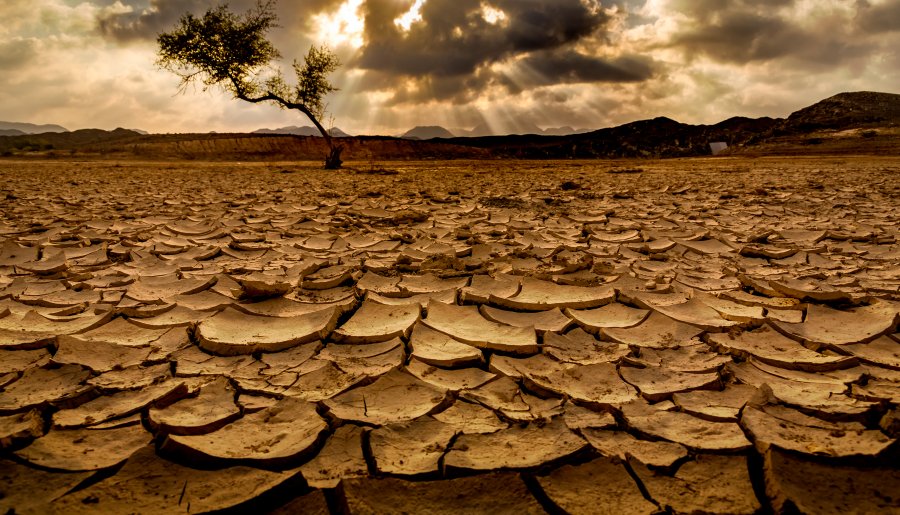Without a significantly expanded mitigation effort, the world is on course to warm by more than 2°C
above preindustrial levels by 2050.
To reach the Paris agreement, limiting warming to 1.5°C by the end of the century and limiting the physical impacts of climate change, we need to reduce global greenhouse gas emissions by 55-60% by 2030
and achieve net-zero emissions by 2050. (United Nations Emissions Gap Report, 2020) (IPCC) During 2020, as the Covid-19 pandemic forced many economies to lockdown, emissions reduction stimulated calls for a green recovery. Many countries have strengthened their targets during 2020, with the 3 largest emitters (US, China, EU) committing to reduce more than 50% of global emissions to net-zero by 2050. (China net-zero by 2060). The EU strengthened an ambitious 2030 target of 49% reduction to 55% compared to 1990 levels.
2020 was also Europe’s warmest year, as published by Copernicus Climate Change Service (C3S), with winter 2020 (December 2019 to February 2020) exceeding the previous warmest of 2016 by almost
1.4°C, while western Europe experienced a significant heatwave in late July and early August. Heat stress resulted in excess mortality during August of more than 400 lives in the Netherlands while there were
fewer than expected mortalities during the milder winter. (CBS, 2020)
Globally, 2020 was tied with the previous warmest year 2016, making it the sixth in a series of exceptionally warm years starting in 2015, and 2011-2020 the warmest decade recorded.
Download
- Risk in a 2°C warmer world .pdf • 0,13 MB

